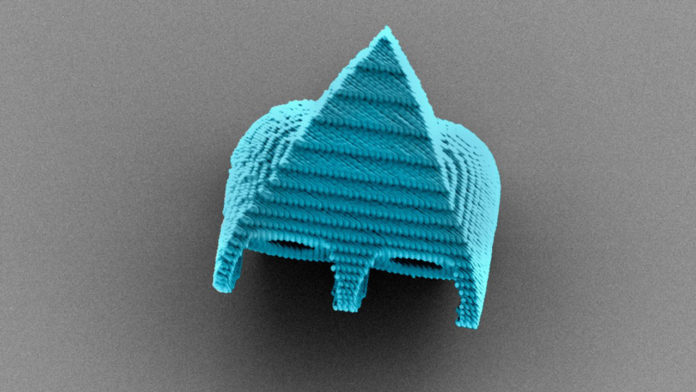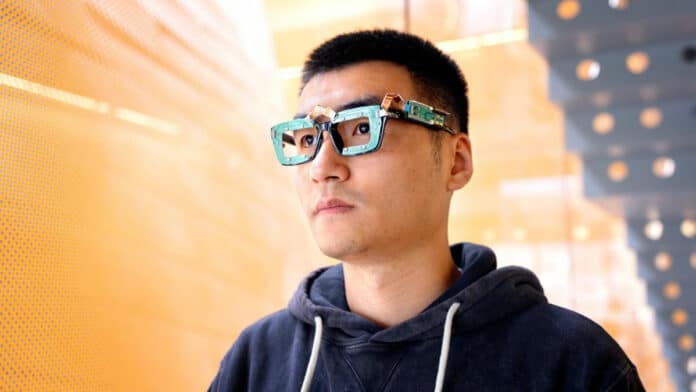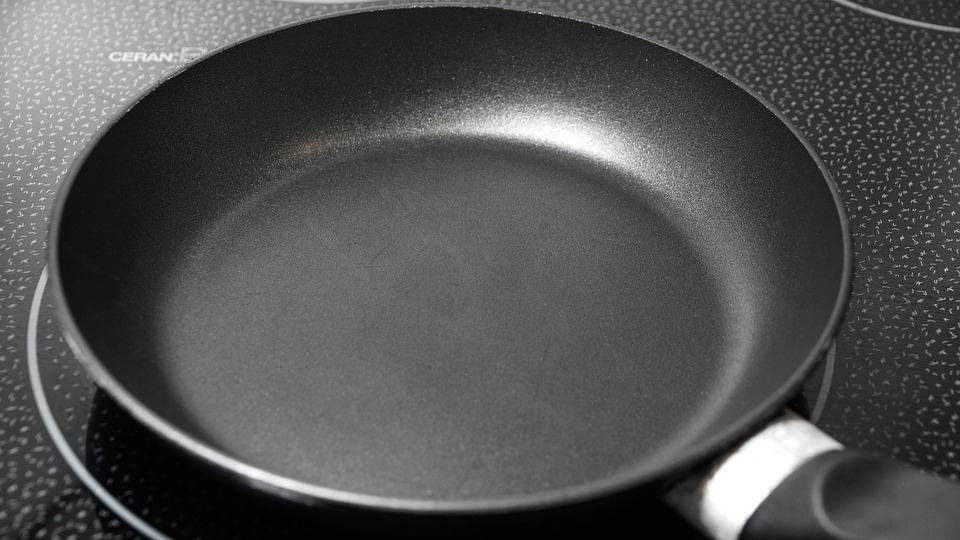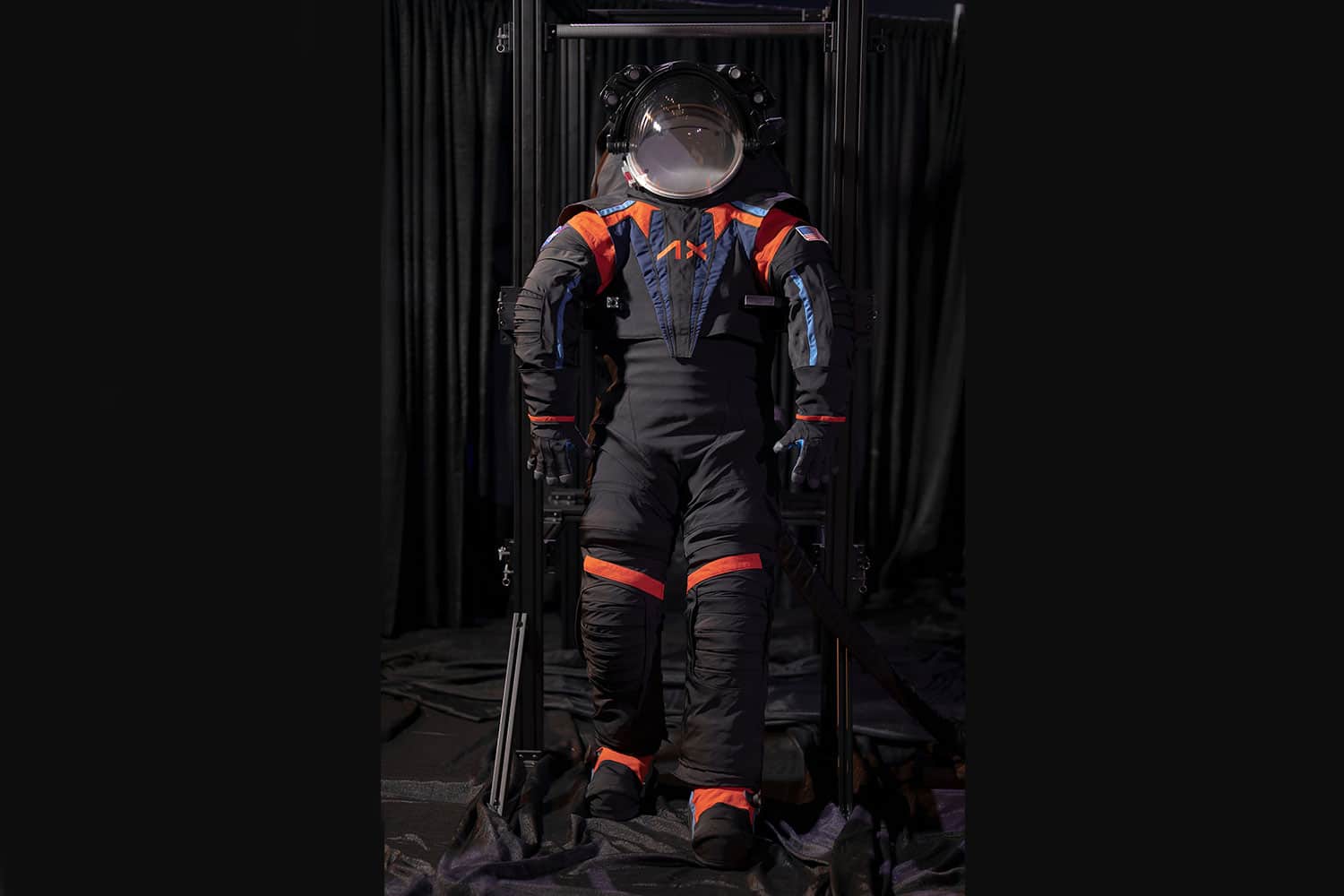Nanobots have the great potential to optimize drug delivery in the human body. Although significant progress has been made, the use of microrobots in medicine still faces many challenges. More research is required for a controlled Nanorobotic drug delivery system.
Now, to create a remotely controlled micro-robot to precisely release drugs in the body, scientists from Cornell University have created cell-sized robots that can be powered and steered by ultrasound waves.
The team of scientists used a laser lithography system to 3D print animal-cell-sized triangular micro-robotic swimmers. These bots are made of a hydrophobic (water-repelling) resin and have two cavities etched in their back. A tiny air bubble is automatically trapped in each cavity when the microrobot is positioned in liquid surroundings.
When an external ultrasound transducer is aimed at the robot, the air bubbles propel the swimmer forward. By varying the ultrasound waves’ resonance frequency, it’s possible to control and steer the swimmer in a particular direction.
Scientists are now working on making these robots using biocompatible and biodegradable materials. So that these bots can dissolve harmlessly inside the body once their job is completed.







